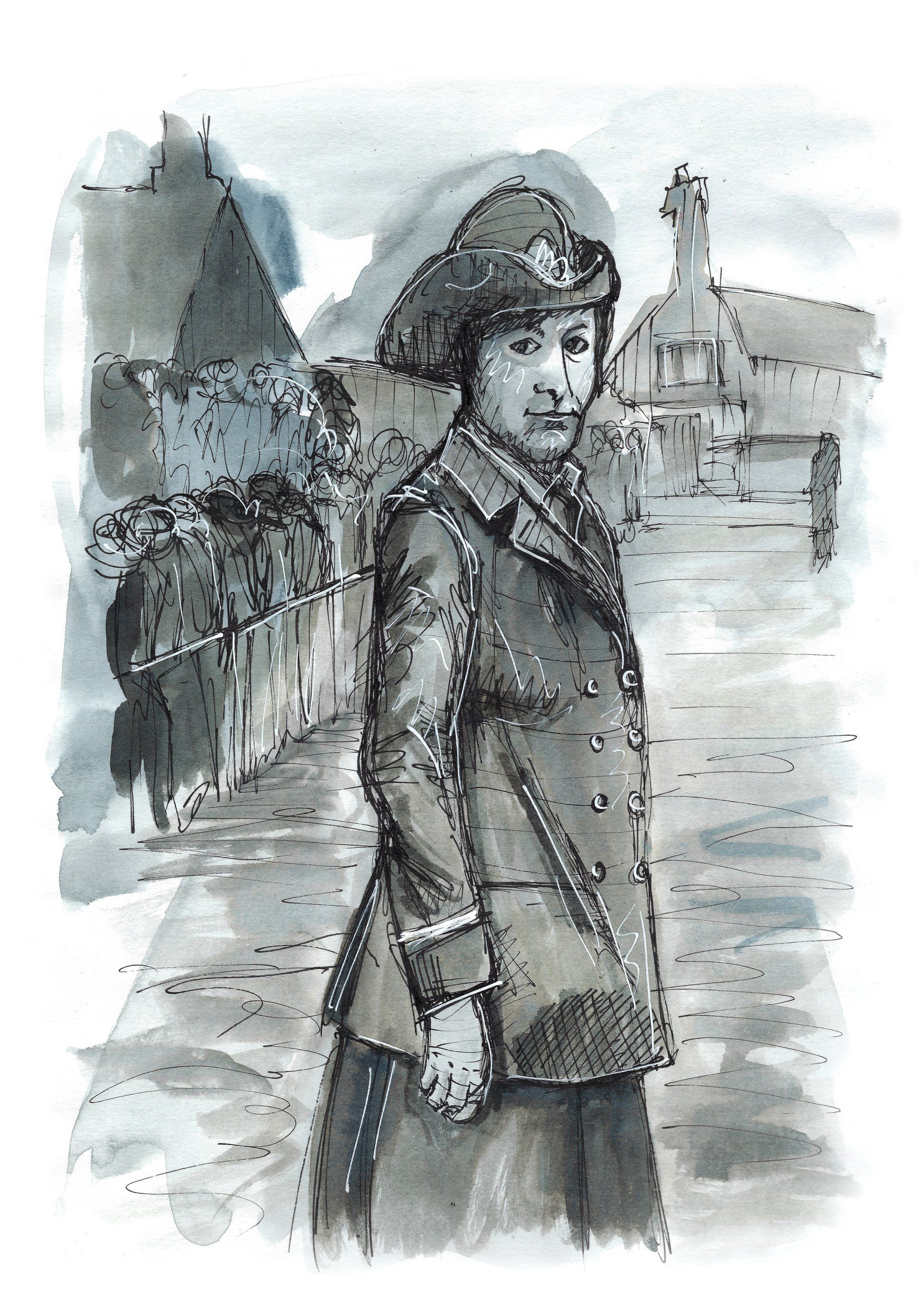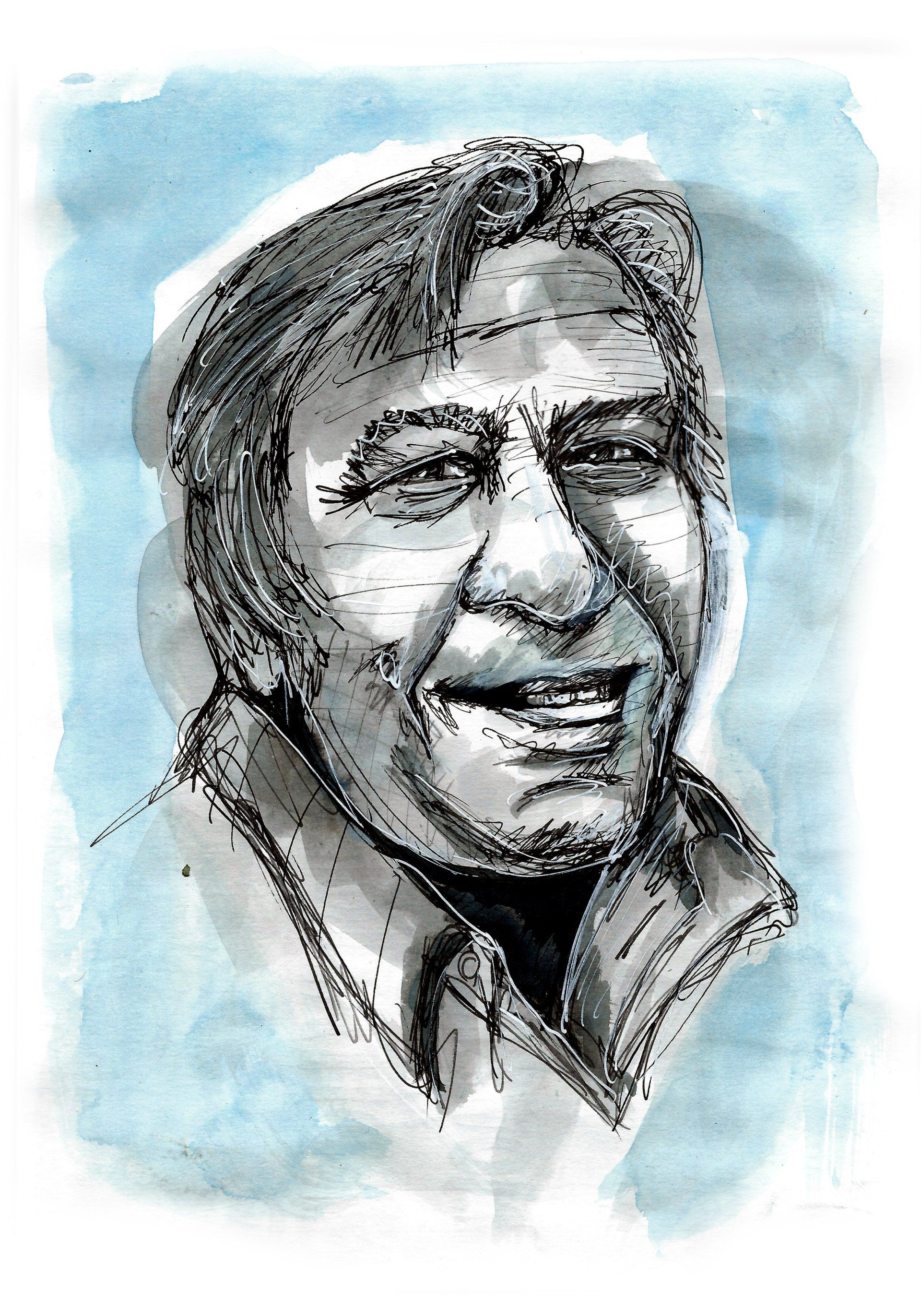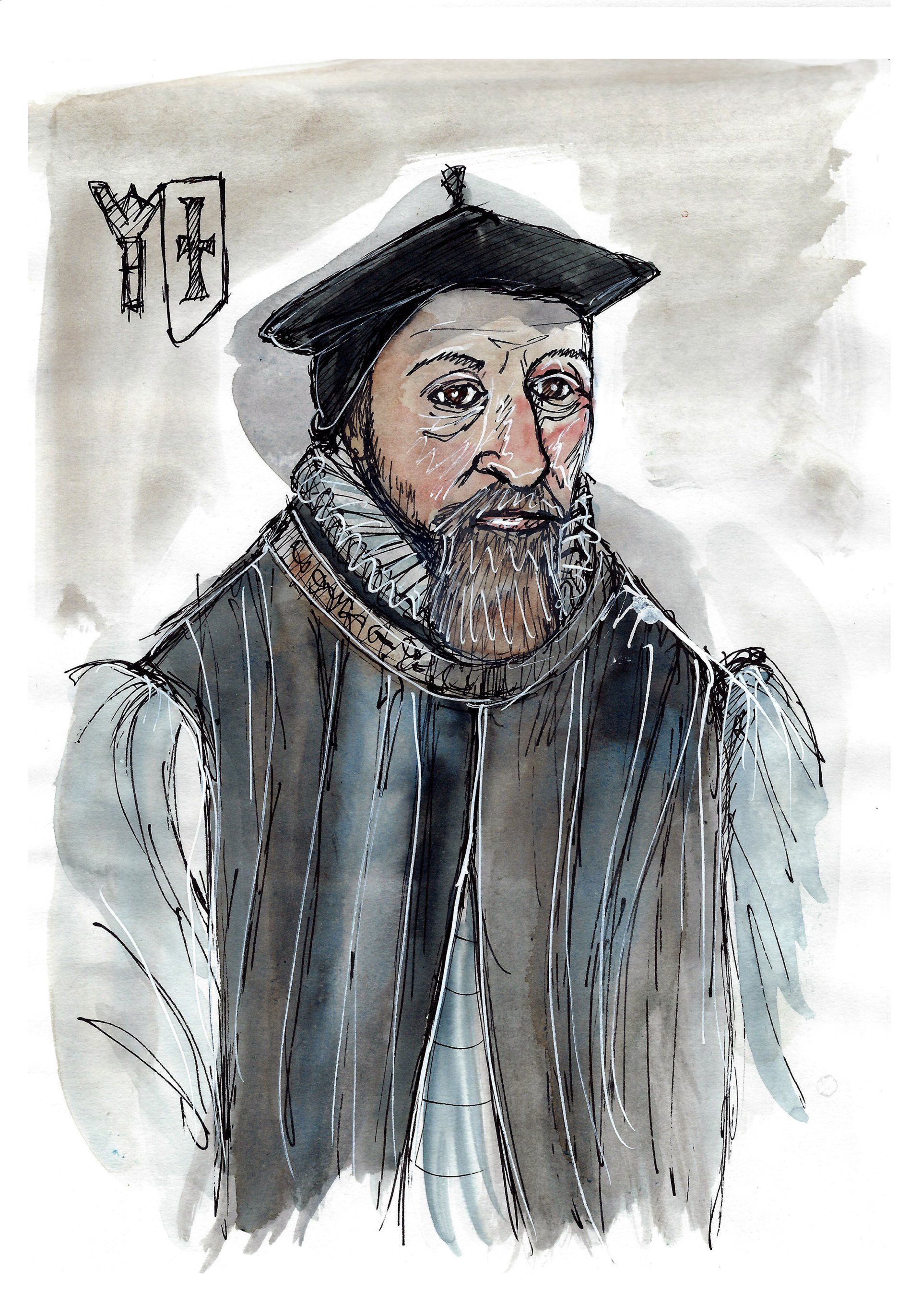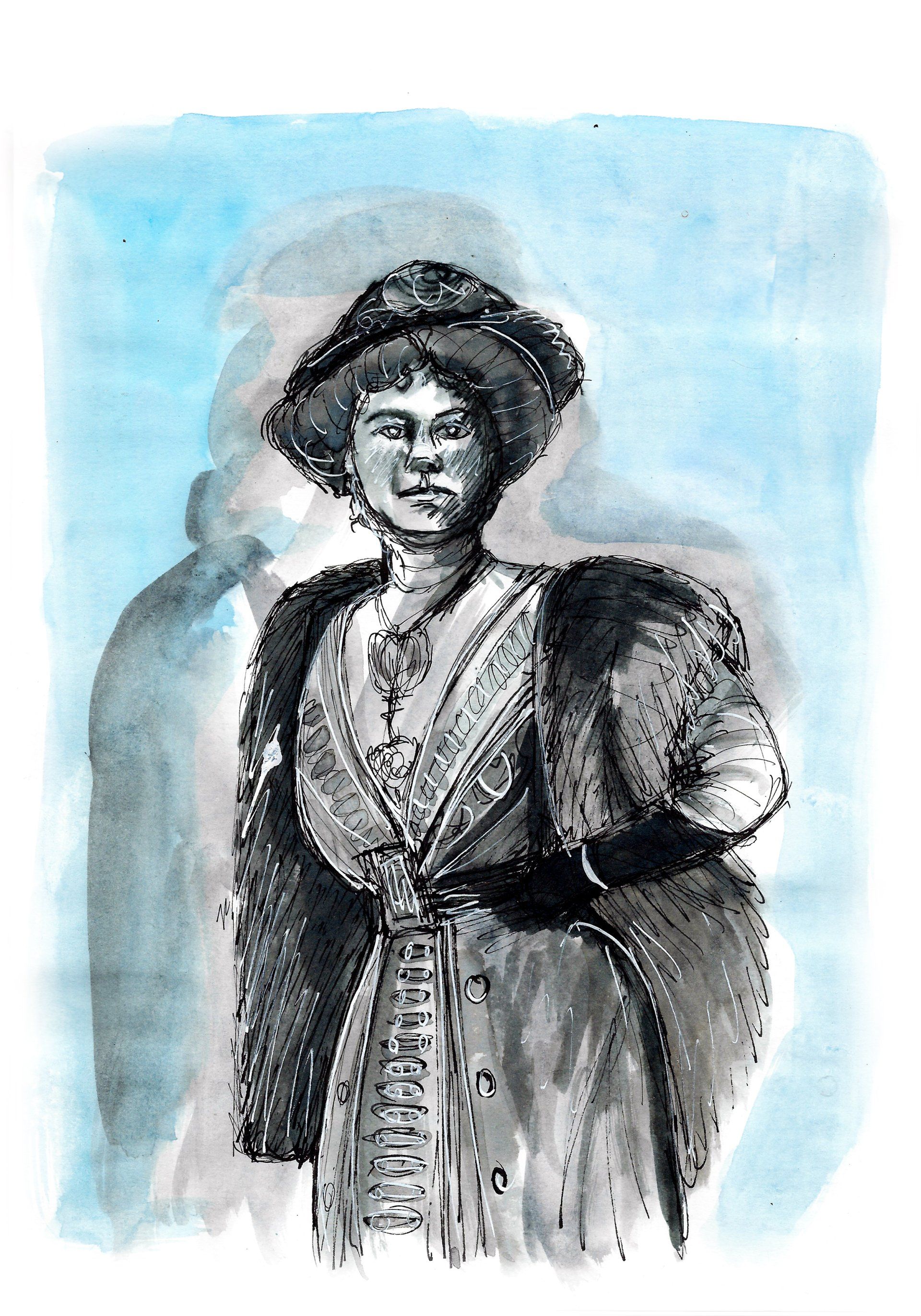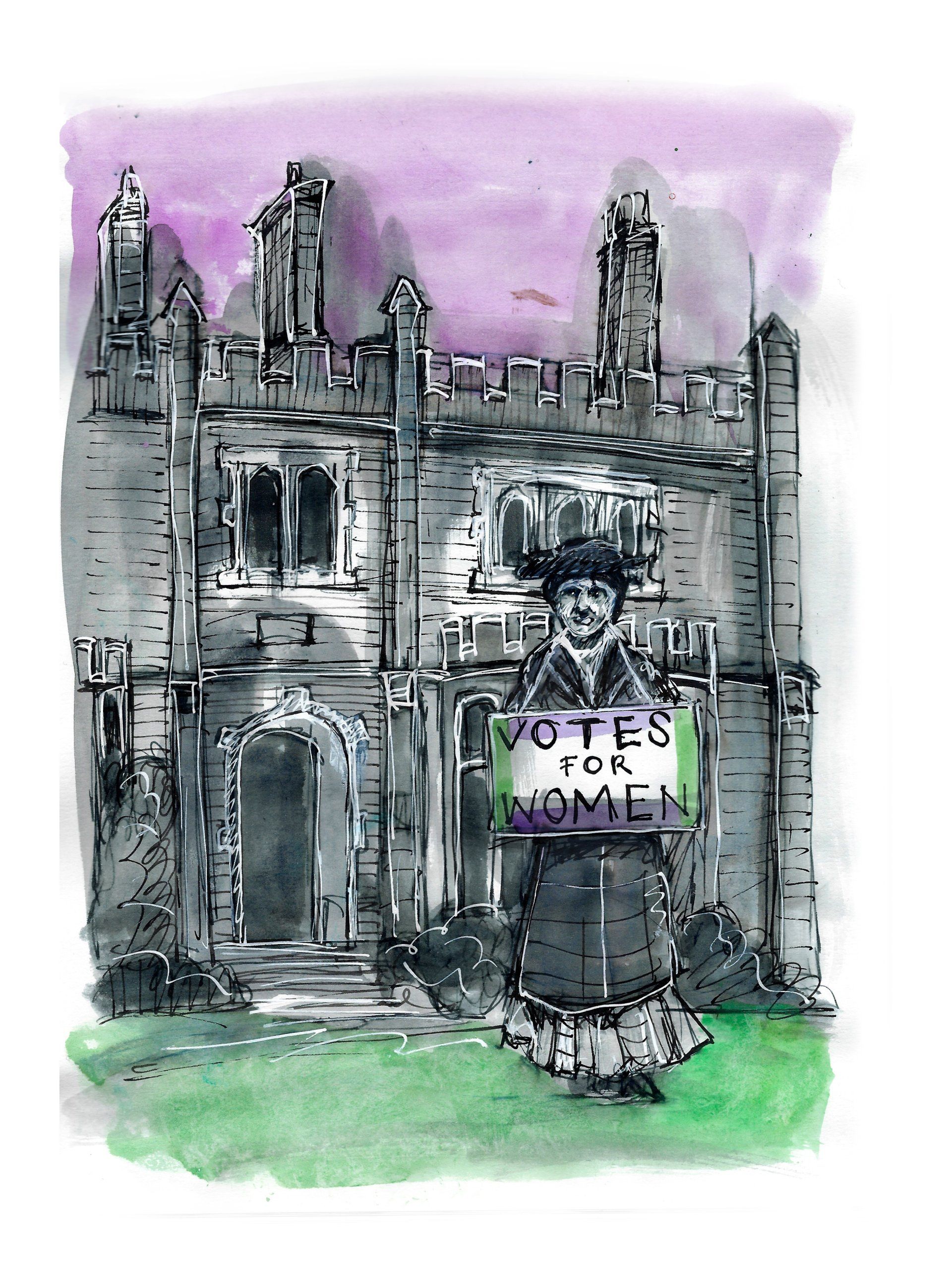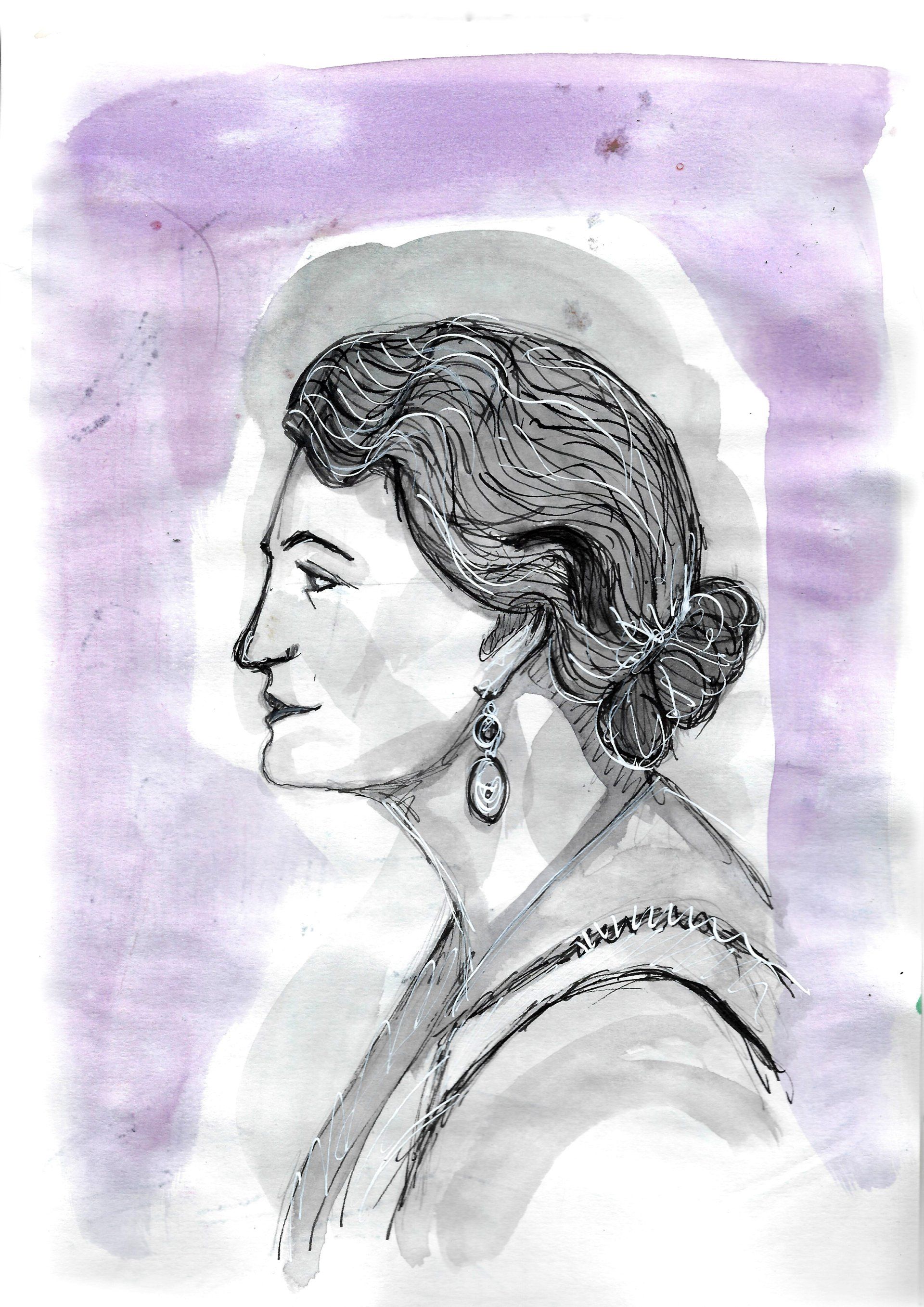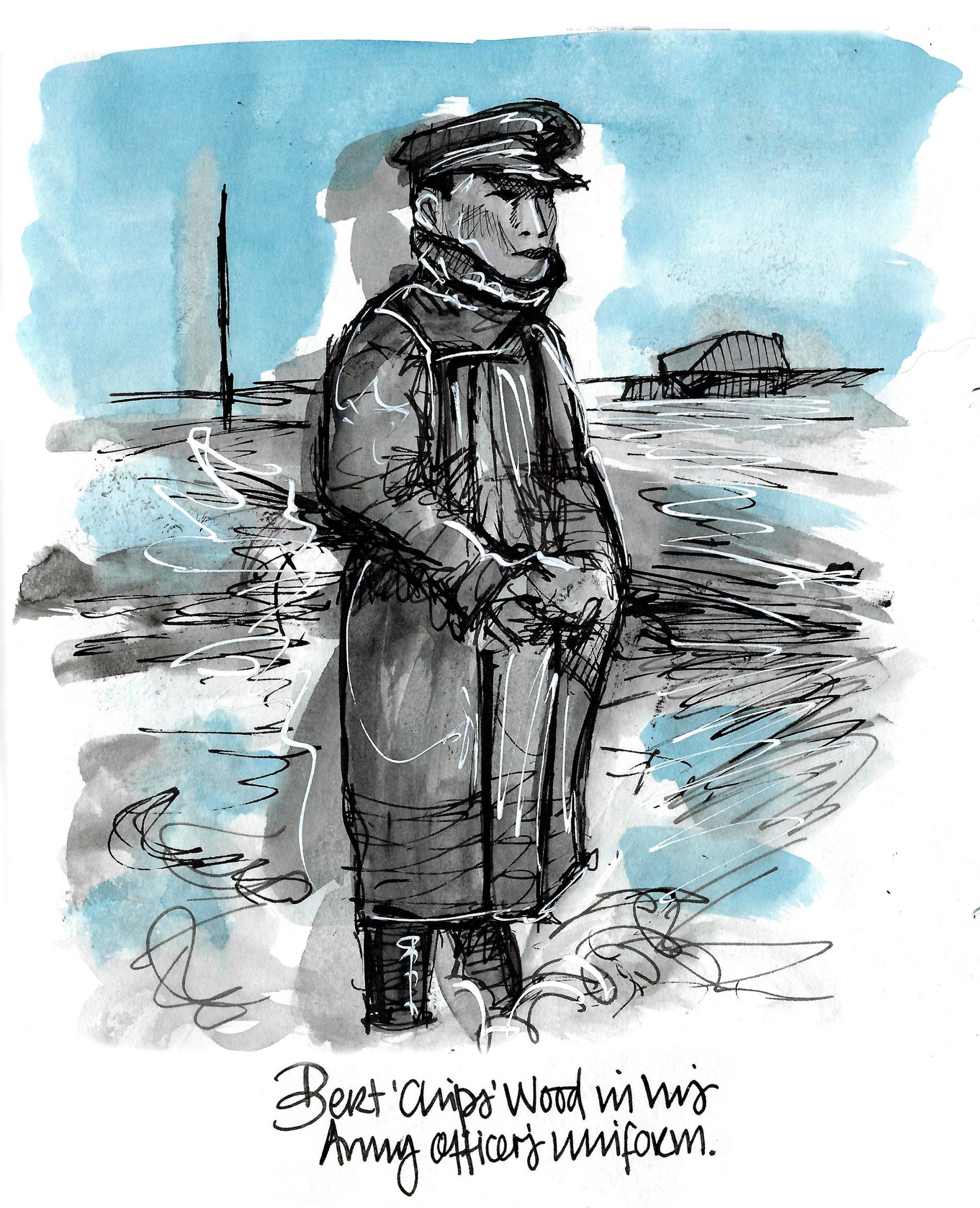Thomas Hewitt
In 1871 two brothers took over a brewery in Grimsby, which would see their family name become a household name.
William Taylor and Thomas Hewitt came from Nottinghamshire, and William would drive around the area in a horse and cart persuading the pubs to buy his beer rather than them brewing it themselves. It paid off and Hewitt Bros. Ltd was born.
The Hewitt family lived at Weelsby Old Hall and when William died in 1902 his children inherited the business. In 1910 his son Thomas William Good Hewitt was the sole survivor and inherited the empire.
He was a stern but fair employer, approachable and he kept in touch with all his staff. Staff were allowed a daily allowance of beer and were dismissed if they went over their allowance. Thomas loved horses and he purchased them for the drays, which delivered the beer to the pubs. No whips were allowed to be used and the horses had regular rest periods at his home, Weelsby Old Hall.
He donated a lot of land (Hewitt’s Circus, Hewitt’s Avenue and Hewitt’s Manor) in the interests of road safety, and though never a councillor was involved in public service. He was held in high esteem by all who met him.
Thomas died on 07 May 1930 and bequeathed much of his money to charities and employees. His estate was valued at £951,580. He is buried in Cleethorpes Cemetery. His business interests passed to his nephew Vivian as he had no children.
Vivian inherited the brewery in Pasture Street, the Palace Theatre, over 300 pubs, hotels, parts of Grimsby Docks, land, Weelsby Old Hall, and lots of money. He was a playboy, who liked racing cars and flying. In 1912 he had been the first person to fly across the Irish Sea.
Sadly, he wasn’t interested in brewing and sold his inheritance in 1934 when Hewitt’s became a plc. The brewery eventually closed in 1968.
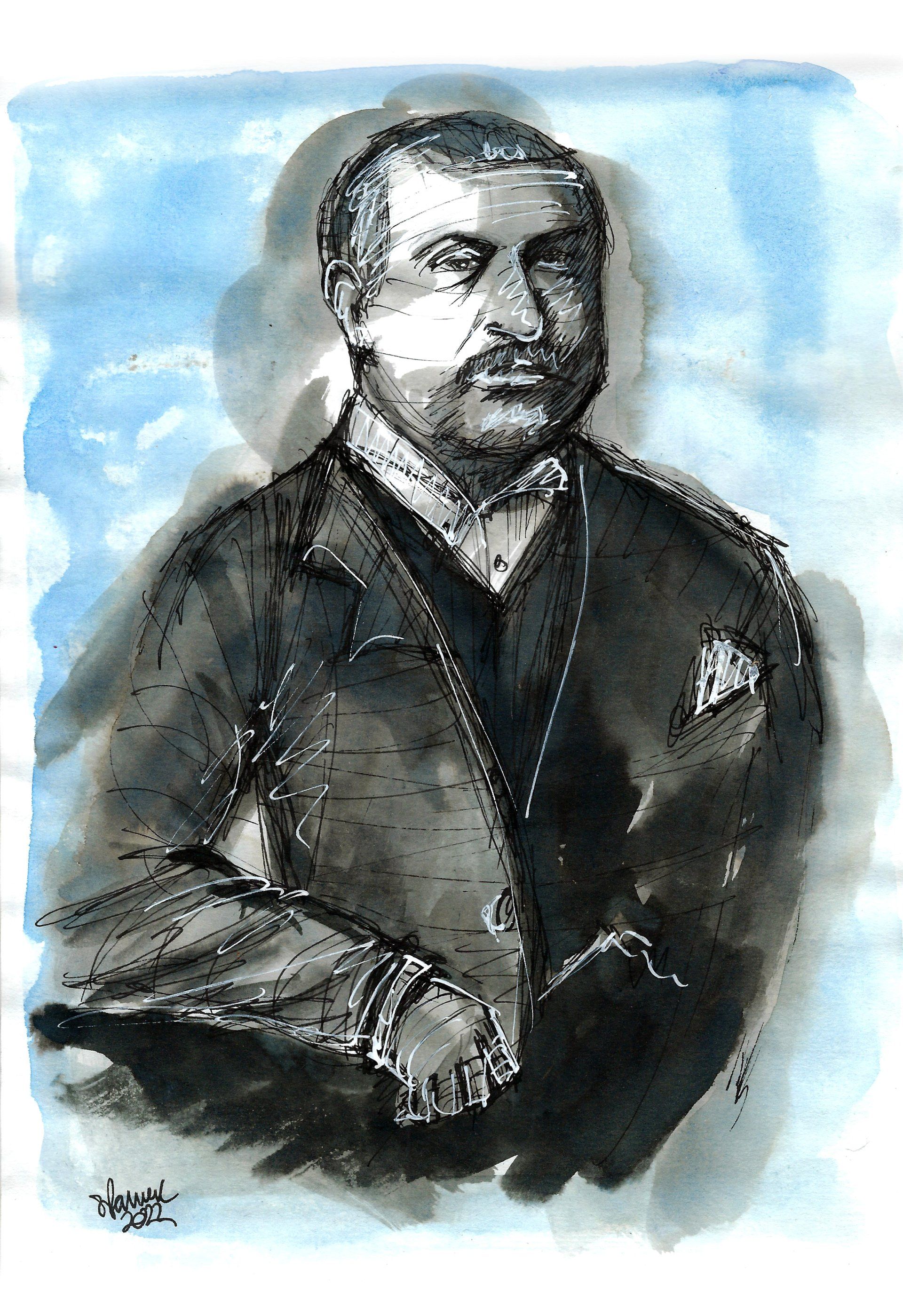
Research and words: Emma Lingard of Lingard’s Lincolnshire Guided Walks. Illustration by Sarah Palmer of The House with the Blue Door.
Grimbarians Through Time Project in partnership with Time Trap Museum supported by the Culture Recovery Fund.




